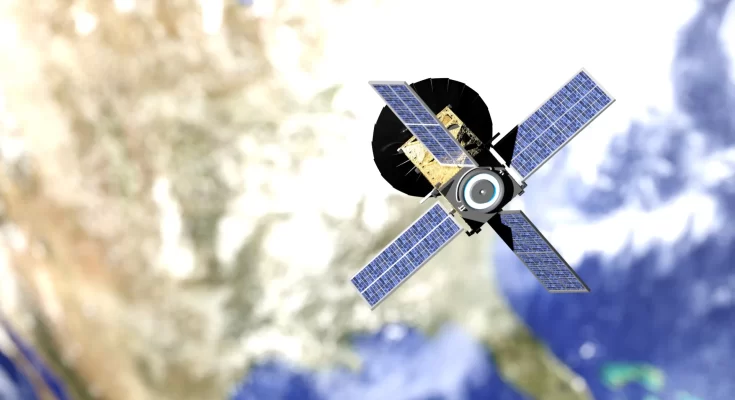Microsatellite Market Size Is Projected To Reach $8.69 Billion In 2030, at a CAGR Of 14.9% by 2020-2030
The space industry is propelling and moving towards a future with the availability of large constellations of nanosatellites and microsatellites. These are capable of providing all types of services in both small and large geographical areas or across the globe. These satellites have applications in departments like biological experiments, communication, agriculture, followed by navigation and mapping, education, scientific research, exploration, and others like earth observation. The Micro Satellite report is a perfect foundation for people looking out for a comprehensive study and analysis of the Micro Satellite . On the basis of historic growth analysis and current scenario of Micro Satellite place, the report intends to offer actionable insights on global growth projections. Authenticated data presented in report is based on findings of extensive primary and secondary research. Insights drawn from data serve as excellent tools that facilitate deeper understanding of multiple aspects of global Micro Satellite . This further helps user with their developmental strategy.
Market Dynamics
Microsatellite trends predict that billions of dollars are being invested and funding is being arranged in a new generation of satellites that orbit the Earth planet at a low altitude. These LEO satellites are known to better connect remote and inaccessible regions. The rising demand for LEO-based services, followed by the availability of funding, and high-speed broadband, alongside the growth of governments in industrialized countries is proving to be very helpful. The demand for low-cost broadband among individual consumers is, however, less in the developed countries and is thus, driving the of nanosatellites and microsatellites. These drivers are further, inspiring investments in smallsat-based LEO constellations.
Click Here to Access The Free Sample Report https://analyticsmarketresearch.com/sample-request/micro-satellite-market/5439/
Global Micro Satellite : Major Players
GeoOptics
Northrop Grumman
Raytheon
SNC
CASC
Gomspace
ISIS
Clyde Space
Axelspace
SSTL
OSC
Global Micro Satellite : Types
11-50kg
51-100kg
Global Micro Satellite : Applications
National Security
Science & Environment
Commerce
Others
Global Micro Satellite : Regional Analysis
All the regional segmentation has been studied based on recent and future trends, and the is forecasted throughout the prediction period. The countries covered in the regional analysis of the Global Micro Satellite report are U.S., Canada, and Mexico in North America, Germany, France, U.K., Russia, Italy, Spain, Turkey, Netherlands, Switzerland, Belgium, and Rest of Europe in Europe, Singapore, Malaysia, Australia, Thailand, Indonesia, Philippines, China, Japan, India, South Korea, Rest of Asia-Pacific (APAC) in the Asia-Pacific (APAC), Saudi Arabia, U.A.E, South Africa, Egypt, Israel, Rest of Middle East and Africa (MEA) as a part of Middle East and Africa (MEA), and Argentina, Brazil, and Rest of South America as part of South America.
Key Points:
Define, describe and forecast Micro Satellite product by type, application, end user and region.
Provide enterprise external environment analysis and PEST analysis.
Provide strategies for company to deal with the impact of COVID-19.
Provide dynamic analysis, including driving factors, development constraints.
Provide entry strategy analysis for new players or players who are ready to enter the , including segment definition, client analysis, distribution model, product messaging and positioning, and price strategy analysis.
Read Full Micro Satellite Market Research Report https://analyticsmarketresearch.com/reports/micro-satellite-market/5439/



